Shrubs are so key to good garden design because they offer structure and interest that you just can’t get with perennials.
I love asking fellow gardeners what their favorite plants are. Last year I asked some great garden bloggers about perennials, but this year I tried to pin them down on shrubs. Here’s what they had to say.
Kylee writes the excellent blog Our Little Acre and gardens in northwest Ohio. She has a handful of garden cats who hang around, chickens and an adorable new granddaughter. And in April, the book she co-authored with another fantastic garden blogger, Jenny Peterson, will be published. Indoor Plant Decor is going to be the bible of indoor gardening.
Here’s what Kylee picked (see what a good job I did nailing her down to one? I’m such a pushover):
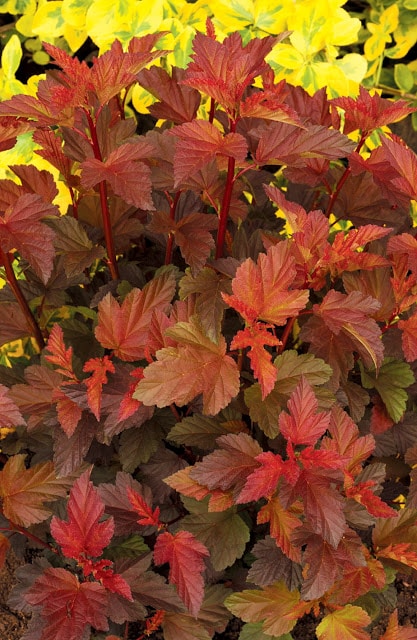 |
| Proven Winners photo |
- Physocarpus opulifolius ‘Coppertina’ – I wanted this from the moment I first heard about it, but had to be patient, because I didn’t find it locally until a few years ago. It was every bit worth the wait! Its foliage color is beautiful when mature, stunning when new, and it always looks good, you know? It’s hardy in Zones 3-8 and it’s not picky about soil pH.
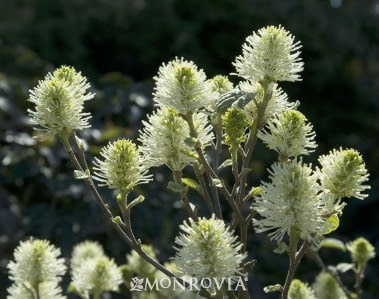 |
| Monrovia photo |
- Fothergilla ‘Mt. Airy’ – When spring comes, it shows up with bottlebrush white blooms that remain while its corrugated green foliage finishes leafing out. Then in fall, it turns an absolutely thrilling shade of orange. When the sun hits it then, it fairly glows. This shrub was discovered here in my home state of Ohio by the great Dr. Michael Dirr, whom I had the opportunity to meet last month! Oddly enough, it likes acidic soil and we have alkaline, but it does just fine for me. (Rhodies, azaleas, and blueberries don’t do well here, as a rule, since they too, like acidic soils.) Hardy in Zones 5-8.
- Magnolia x loebneri ‘Leonard Messel’ – Though it’s pretty nondescript for most of the year and can be susceptible to powdery mildew, I would still be sad if anything happened to it. What it does in spring makes up for all the rest of the season. Its blooms are the most heartbreaking shade of pearly pink and the centers are real works of art if you look closely. In time, it will grow quite large, unless you keep it pruned so it can remain a large shrub. Ours is currently very much in shrub form. It likes a fair amount of water, so we planted it in the wettest part of the yard and it seems happy there. It’s very showy when blooming and is hardy in Zones 5-9, as well as being deer-resistant.
Anyone who has read this blog for long knows that I love Genevieve’s blog North Coast Gardening. Even though she gardens in a very different part of the country from me, she always manages to speak to gardeners in any zone and she is always my go-to source for gardening product reviews.
Here’s Gen’s pick:
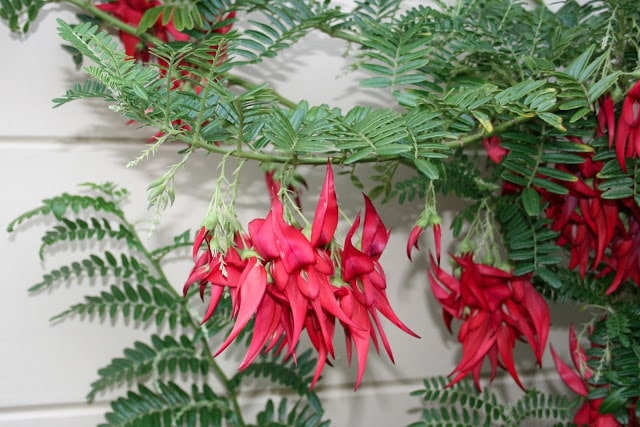 |
| Photo courtesy of Genevieve Schmidt |
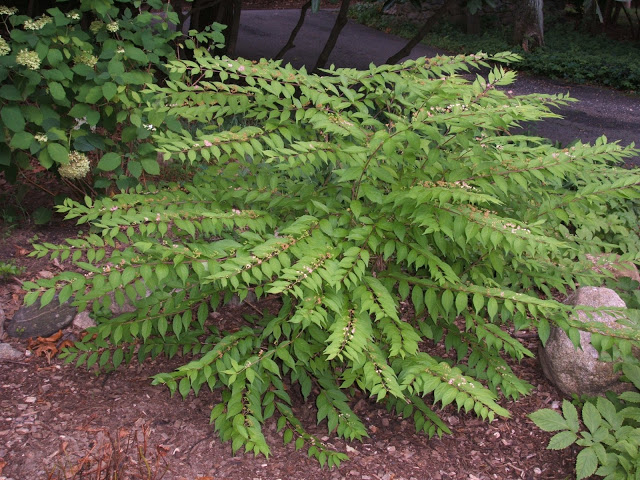 |
| Photos courtesy of Debbie Roberts |
Steve Asbell is an incredibly talented gardener, blogger and artist who is lucky enough to garden in Florida (at least I’d consider him very lucky at this time of year). His blog, The Rainforest Garden, is about “taking a healthy dash of botanical style and incorporating it into your life through decorating, crafting, cooking and yes, even gardening.” His illustrations are not to be missed. He also has a book coming out in early 2014. Plant by Numbers has tips and recipes for creating a carefree indoor garden with 50 artistic living arrangements with houseplants, ranging from tried and true Dracaenas to up-and-comers like mistletoe cactus and bromeliads.
Steve is writing about one of my favorite tropical shrubs:
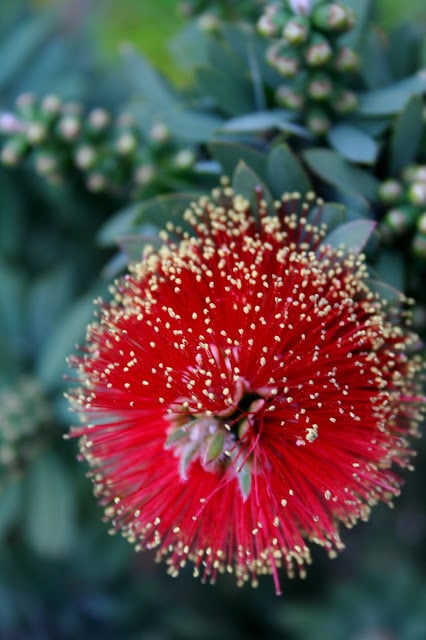 |
| Photo provided by Steve Asbell |
Dwarf Bottlebrush (Callistemon viminalis ‘Little John’)
Linda from Each Little World is a great blog friend whose garden isn’t all that far from mine, but I still haven’t seen yet. She is blogging less frequently than she once did but every post is insightful and interesting. I’m crossing my fingers that we’ll see more of her garden as spring approaches, especially because big changes are in the works in her garden: a large tree that was the foundation of one of her shady beds fell in an early winter storm so she’ll be figuring out what is next for that part of the garden. Her photos, often taken by her talented husband (and gardening conspirator) Mark, are stunning and look like they’ve been lifted from the pages of a lovely gardening book.
Here’s Linda’s pick:
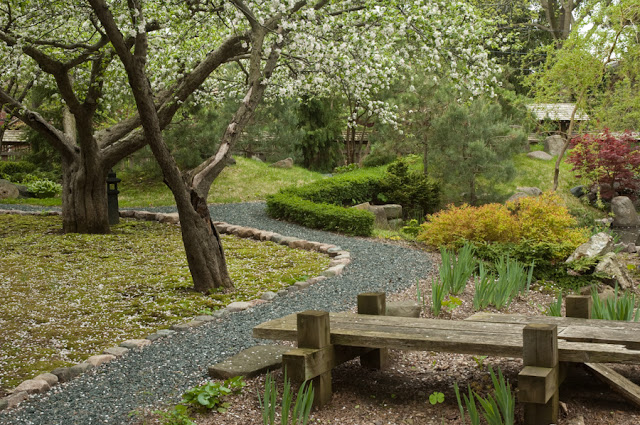 |
| Dwarf Alpine current makes a long, low hedge curving away from the nearby apple trees in Linda’s garden. Mark Golbach photo |
If it were May or June, then I’m sure I’d declare Doublefile Viburnum my favorite shrub. It’s definitely a show-stopper and is always the center of attention when it blooms. But shrubs in the winter garden need to stand-out in a different way than summer plants. At this season, Alpine currant (Ribes alpinum) makes a much needed statement. I grow both the straight species and the dwarf variety (‘Green Mound’).
They take well to pruning, creating strong horizontal lines in the garden: green in summer; almost black in winter. Some years, they make a strong presence in the winter garden; other times only the top of the hedge peeks out of the deep snow. Because they become so densely twiggy they have not been broken like so many other garden specimens during the heavy snowstorms we’ve had in recent years. It’s a shrub that’s well-worth a second look, and it’s usually readily available at most nurseries.
•••••••••••••••••••••••••••••••••••••••••••••••••••••••••••••••
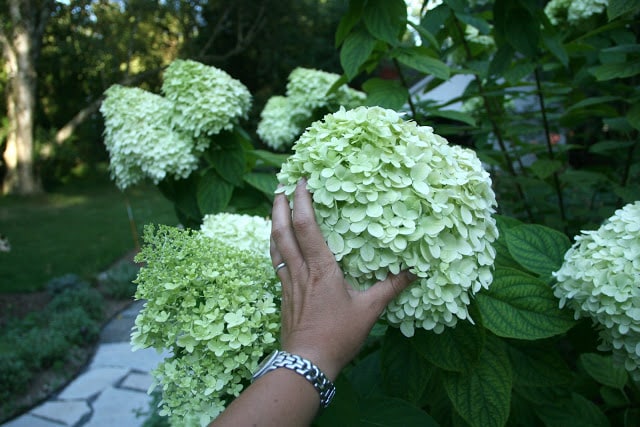 |
| Plant touchers unite! |
Hydrangea paniculata ‘Limelight’ is hardly flashy anymore in these days of super-improved shrubs but to me, one of the best things about shrubs is that they are often the lowest maintenance plants in the yard. That’s important to me.
I have some special plants and I’m happy to give them extra care but there just isn’t time for a garden full of diva plants. Some of them just have to manage more or less on their own. And that’s just what Limelight does. I prune it in very early spring or late winter every year (some years more than others), I sometimes throw some compost or organic fertilizer at the base of it (but sometimes not) and I make sure it gets a good amount of water (I have a soaker hose in that garden that I circle the root zone with). And that’s it. It’s hardy to zone 3 (Siberia?) and heat tolerate to zone 9. The only thing to know about it is that while hydrangeas have the (often wrong, at least in northern zones) reputation for liking shade or part shade, Limelight wants sun, at least up here (I would assume it would take a bit more shade the farther south you are). Given those few things, Limelight offers up huge lime-tinged blossoms that fade to pink and then dry to brown, where they are a welcome sight in the winter garden.


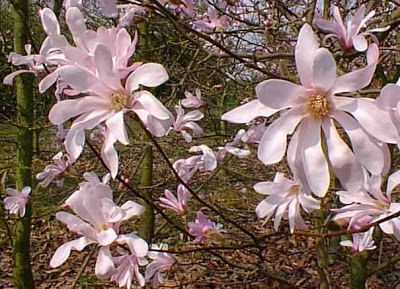

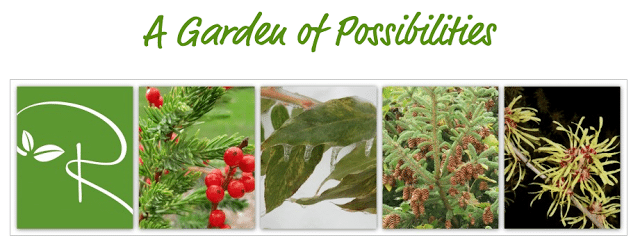
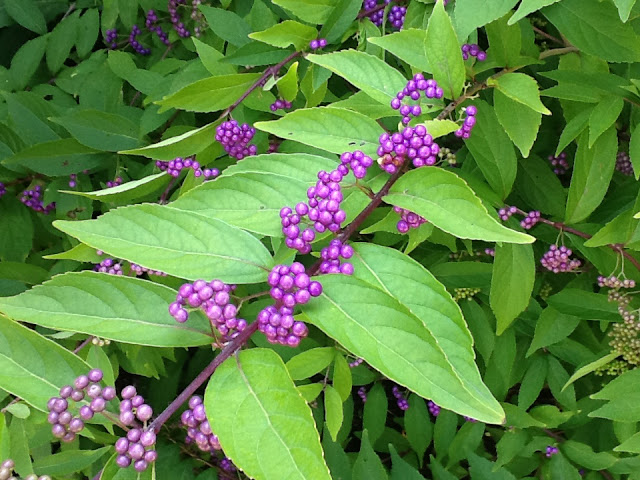

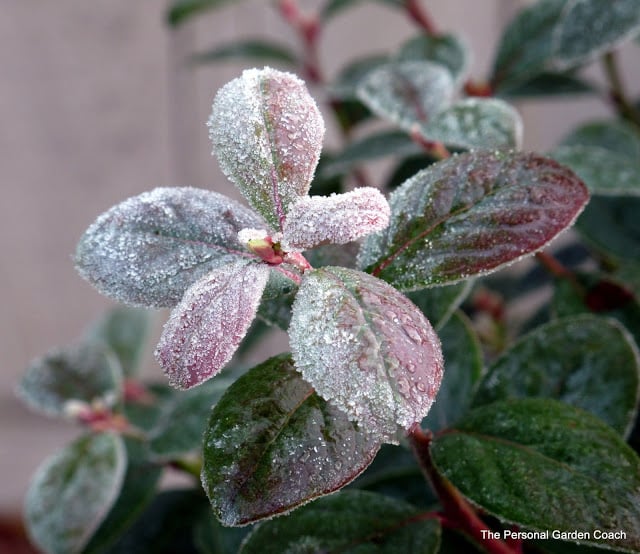
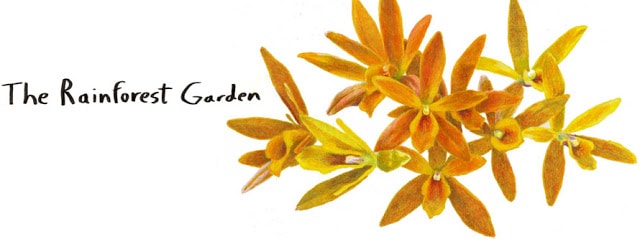
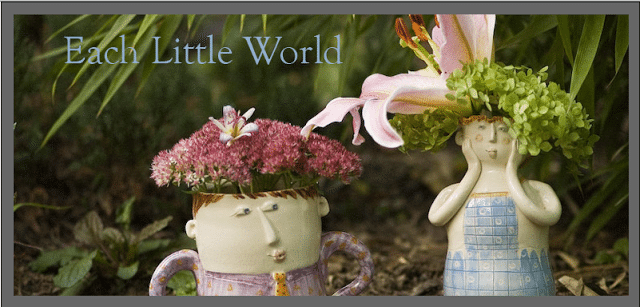
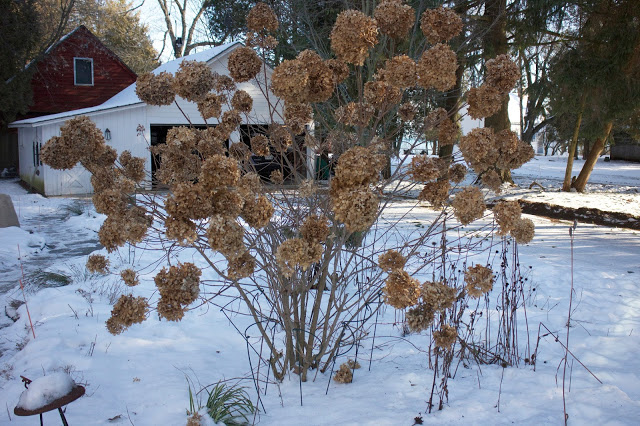

10 Responses
I loved all the shrubs mentioned above. I am fond of garden with almost all of them. I am gonna have some of them in my garden. We have garden specialists to decorate and maintain the garden.
Callicarpa has been on my list but usually you never see the whole plant just a close-up, so that image convinced me! I have Fothergilla and love it for fall color more than flowers. Cage it the first few years as it is bunny candy.
I'm with you on hydrangeas – but my favourite is the good old Annabelle hydrangea or mopheads and for most of the same reasons you like you "Limelight". But it's a whiter flower than "Limelight" and a more rounded shape.
Of the ones features, I love the purpleberry beautybush and am going to try and get one of them. I also have a "coppertina" ninebark and am a huge fan of it's colours and shape.
Interesting to see what other experts like to have in their gardens. Now if it was only warm enough for gardening!
I do love a good Annabelle, but sometimes they irritate me with their floppy ways. Lately the deer have been taking care of that problem for me, unfortunately.
Any day now it will be spring, right?
Of the shrubs chosen, I grow 'Leonard Messel' Magnolia, Callicarpa grows wild here, native; and of course Blueberries. My favorite shrub is Gardenia: evergreen, fragrant, romantic, historic to the South.
Ahhhh, gardenia. I'm convinced it was created just to torture us gardeners in the north.
I HAVE to get my hands on that Clianthus. I've never seen it offered before!
It is pretty amazing isn't it?
Hydrangea has my heart but sometimes I like the simplicity of a boxwood hedge.
I agree, Tami. Sometimes you need something simple. Not every plant in the garden can be a star.